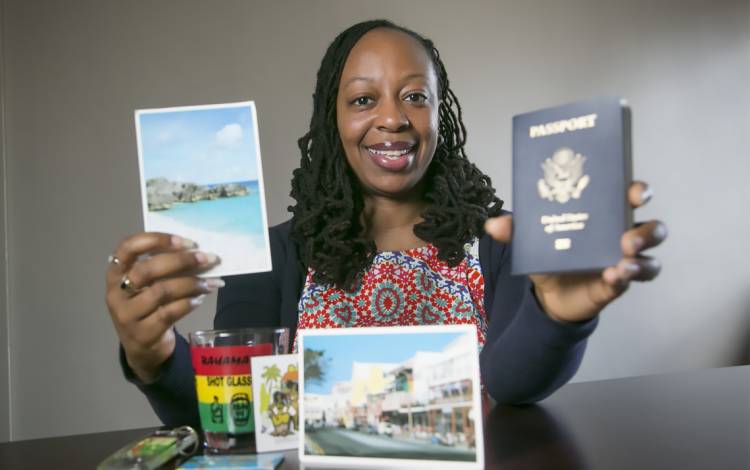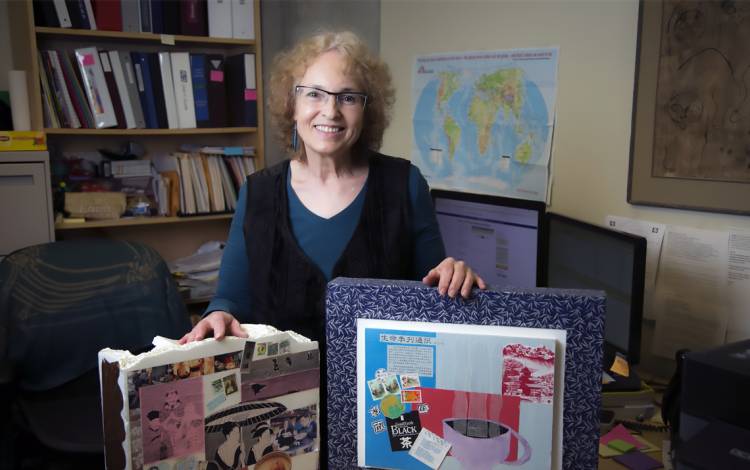Are Your Savings On Target?
Strategies for building your nest egg for retirement dreams

Retirement is far-off for some Duke colleagues and an immediate reality for others who are packing up cubicle mementos and attending parties with colleagues.
It takes years of strategy and self-discipline to achieve the level of financial security a person needs to retire comfortably. According to a 2016 study by the Transamerica Center for Retirement Studies, only 16 percent of workers in the U.S. strongly agree that they are building a large enough retirement nest egg.
Confidence in saving for the future differs by generation: Most Generation X workers believe they’ll have a harder time achieving financial security than their parents’ generation. Only 18 percent of Millennials, the largest segment of the American workforce, are very confident about their future retirement, according to the Transamerica study.
Your age when you start saving directly affects how much money you’ll have upon retirement, said Josh Scott, a financial consultant at TIAA, one of Duke’s investment carriers.
“Contributing to your employer’s retirement plan as early as possible, even if it’s just a small amount, can really make a difference in how much you have when you’re ready to retire through the power of compounding earnings,” he said.
According to Duke Human Resources, 51 percent of eligible Duke University and Duke University Health System employees are voluntarily contributing to investment accounts through the Duke retirement plan. Get started saving or hone your strategies by attending free workshops May 22 through 25 during Financial Fitness Week at Duke.
Duke employees across three generations share what they are doing to save for their retirement dream.

John Shaw
IT analyst, OIT Collaborative Services
Age: 33 / Millennial
John Shaw started contributing to a 401(k) retirement plan when he was 23 years old and working for a retail company.
He attributes a lot of his retirement savings acumen to his mother, who had instilled these words of wisdom in him since high school:
“It’s not how much you can spend, it’s how much you can save.”
“There are needs and wants. Do you need it or do you want it?”
“You have to budget and pay yourself first to save for rainy days and retirement.”
When Shaw started working at Duke five years ago, he immediately began contributing to his Duke retirement plan. Today, to ensure his financial security, Shaw is building an emergency savings fund to cover three to six months of his monthly expenses such as rent and utilities. He also plans to increase his personal contribution to his Duke retirement plan.
In retirement, he plans to ride his mountain bike and spend time with friends.
“A lot of that has to do with making the right retirement investments but also making good financial decisions along the way so when you do retire, your home is paid for, your car is paid for, and you maximize how much money you have,” Shaw said.

Mimi Davis
Grants and contracts administrator, OB/GYN Office of Research Support
Age: 39 / Generation X
Mimi Davis wants to retire early, when she is in her early to mid-50s, so she can see the world. She’s traveled to Jamaica, the Dominican Republic and the Bahamas. Australia and Paris are still on her list.
Davis started working at Duke in 2012 but began saving for retirement in 1999 with a previous employer. Because of her early retirement goal, Davis hopes to aggressively contribute more money to her Duke retirement plan. She currently contributes 10 percent of her monthly pay before taxes and plans to reduce her expenses by paying off the mortgage on her Durham home by the time she retires.
She attended Duke’s Financial Fitness Week last year with her mother to gain a better understanding of Duke’s retirement plan options and checks her retirement plan statements monthly to make sure she’s on track.
“You can never pay yourself too much money,” Davis said. “Do not be dependent on someone else doing it for you.”

Cecilia Eichenberger
Research administration specialist, Chemistry
Age: 66 / Baby Boomer
Cecilia Eichenberger cleaned out her desk and shared goodbye lunches with Chemistry colleagues at the end of February, when she retired after working at Duke for nearly 19 years.
She started contributing to a Duke retirement plan in 2001, at 50 years old.
“I didn’t get serious until I was here, fairly late in my life,” she said. “I would have done so much better if I had been saving all along.”
Upon retirement, Eichenberger was allocating 7 percent of her monthly paycheck to a Duke retirement plan. She also contributed money to an IRA (individual retirement account) through the Duke Credit Union. And she maintained several savings accounts and scheduled a Duke retirement consultation at least once a year.
Eichenberger plans to pursue her interest in art by taking classes through the Osher Lifelong Learning Institute at Duke in retirement. In the past, she has created colorful collages on Styrofoam using foreign stamps she collects. She also wants to tutor children in reading through Duke University Retiree Outreach.
“A lot of times when you’re young, you’re not thinking that you’re ever going to get old and that you ever need retirement,” Eichenberger said. “You might be living check to check and not being very grounded. If you just save even $50 a paycheck, at least you get started.”